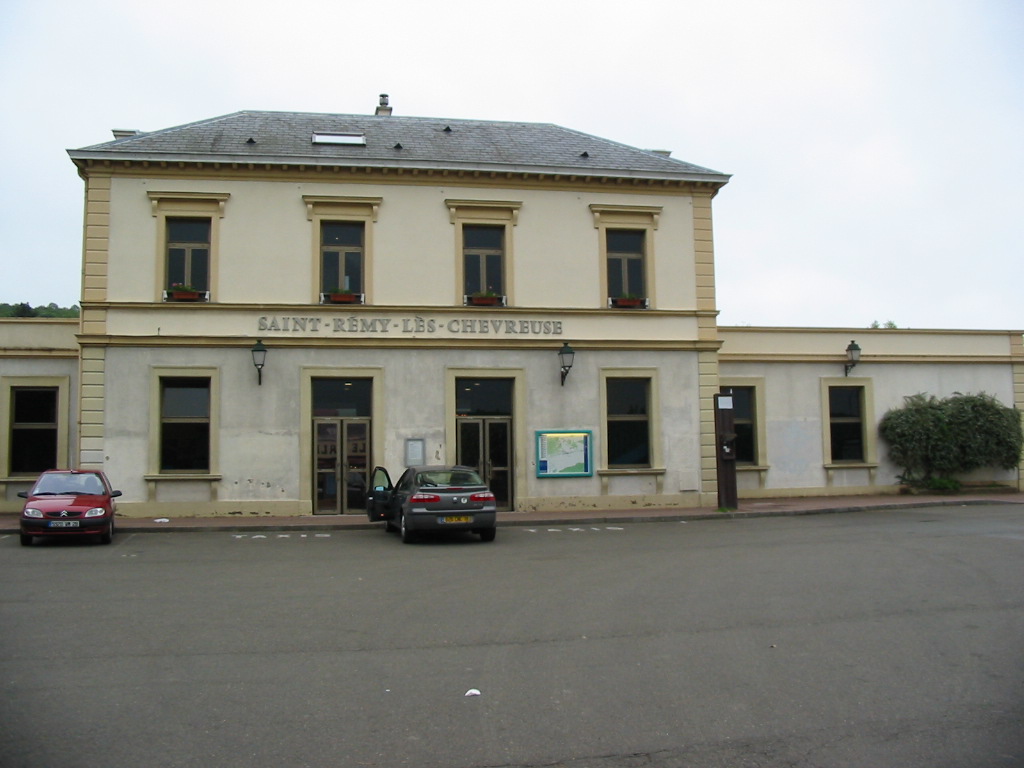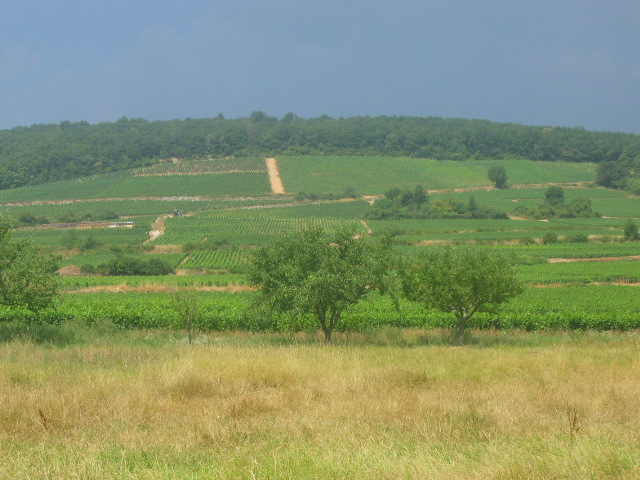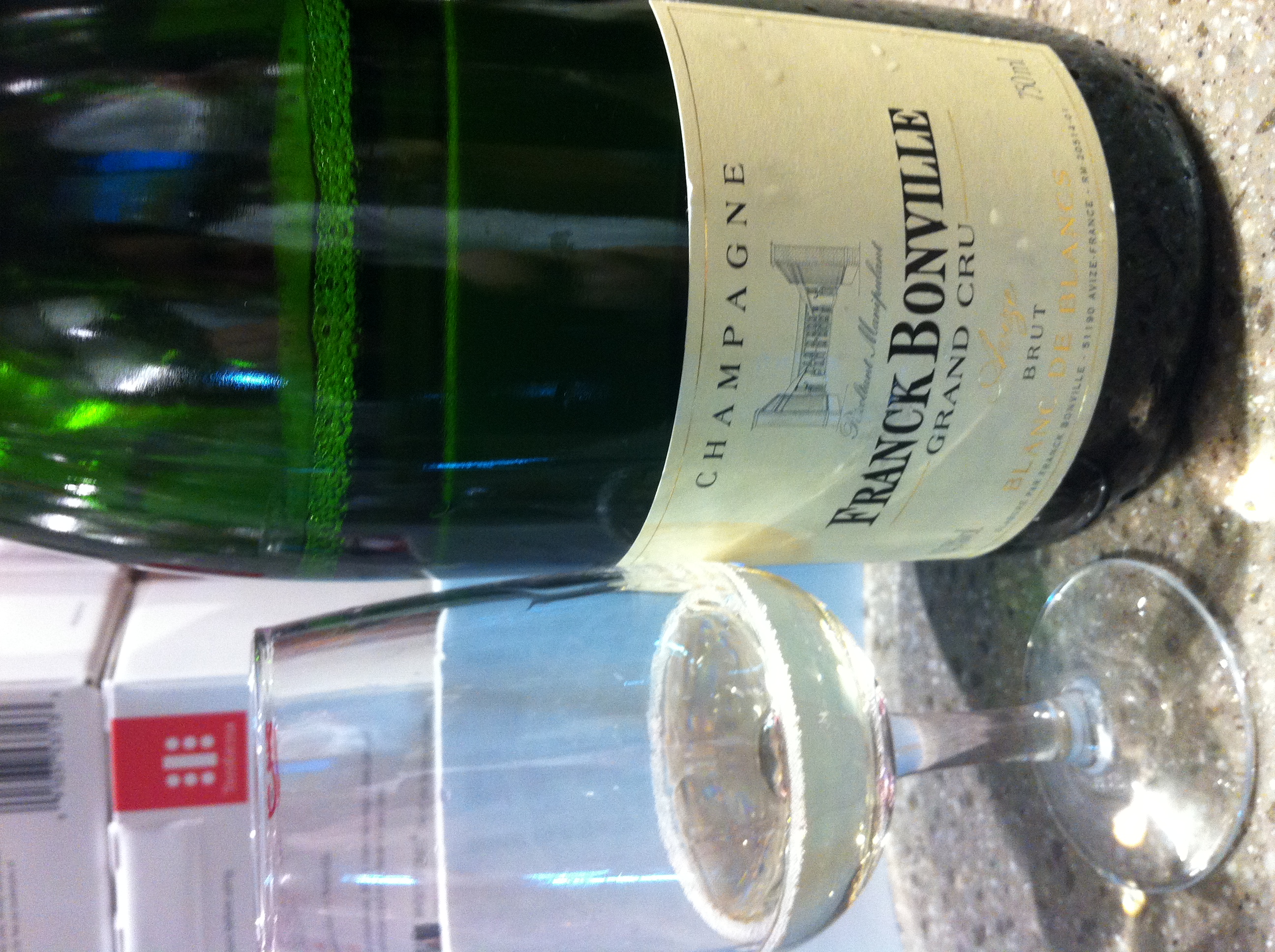|
Chorey-les-Beaune
Chorey-les-Beaune (, literally ''Chorey near Beaune'') is a commune in the Côte-d'Or department in eastern France. It lies northeast of the city of Beaune on the plain of the Saône just to the east of the A31 autoroute. Population Wine Chorey-les-Beaune is one of the wine communes of the Côte de Beaune. The wines of Chorey-les-Beaune grow on the relatively flat land of the Saône plain, rather than on the slopes of the Côte d'Or, and for this reason the commune has no Premier Cru (or Grand Cru) vineyards. The soils are composed mostly of quaternary detrital and alluvial fills, and the wines tend to be thinner and less complex than those grown on the Jurassic limestone, gravels, and marls of the slopes from which the better quality wines of the Côte d'Or come.Fanet, Jacuqes ''Great Wine Terroirs'', University of California Press, Berkeley (2004) pp. 39-42. See also * Côte de Beaune The Côte de Beaune area is the southern part of the Côte d'Or, the limestone rid ... [...More Info...] [...Related Items...] OR: [Wikipedia] [Google] [Baidu] |
Communauté D'agglomération Beaune Côte Et Sud
Communauté d'agglomération Beaune Côte et Sud (also: ''Communauté d'agglomération Beaune-Chagny-Nolay'') is the ''communauté d'agglomération'', an intercommunal structure, centred on the town of Beaune. It is located in the Côte-d'Or and Saône-et-Loire departments, in the Bourgogne-Franche-Comté region, eastern France. Created in 2007, its seat is in Beaune.CA Beaune, Côte et Sud - Communauté Beaune-Chagny-Nolay (N° SIREN : 200006682) BANATIC. Retrieved 8 November 2022. Its area is 558.5 km2. Its population was 51,207 in 2019, of which 20,551 in Beaune proper. [...More Info...] [...Related Items...] OR: [Wikipedia] [Google] [Baidu] |
Lès
The word ''lès'' (, and with liaison) is an archaic French preposition meaning "near", "next to". Today it occurs only in place names to distinguish places of the same name. The word ''lès'' has two variants: ''lez'' and ''les''. The latter should not be confused with the plural definite article ''les'' (e.g. ''les-Bains'', "the Baths"). Etymology The word ''lès'' and its variants derive from late Latin ''latus'', "side". Examples Lès * Villeneuve-lès-Avignon, near Avignon * Beaumont-lès-Valence, near Valence * Saint-Rémy-lès-Chevreuse, near Chevreuse * Margny-lès-Compiègne, near Compiègne * Asnières-lès-Dijon, near Dijon * Fontaine-lès-Dijon, near Dijon * Hauteville-lès-Dijon, near Dijon * Neuilly-lès-Dijon, near Dijon * Perrigny-lès-Dijon, near Dijon * Plombières-lès-Dijon, near Dijon * Sennecey-lès-Dijon, near Dijon * Garges-lès-Gonesse, near Gonesse * Bonchamp-lès-Laval, near Laval * Fontaine-lès-Luxeuil, near Luxeuil-les-Bains * Sainte-Foy- ... [...More Info...] [...Related Items...] OR: [Wikipedia] [Google] [Baidu] |
Communes Of France
The () is a level of administrative division in the French Republic. French are analogous to civil townships and incorporated municipalities in the United States and Canada, ' in Germany, ' in Italy, or ' in Spain. The United Kingdom's equivalent are civil parishes, although some areas, particularly urban areas, are unparished. are based on historical geographic communities or villages and are vested with significant powers to manage the populations and land of the geographic area covered. The are the fourth-level administrative divisions of France. vary widely in size and area, from large sprawling cities with millions of inhabitants like Paris, to small hamlets with only a handful of inhabitants. typically are based on pre-existing villages and facilitate local governance. All have names, but not all named geographic areas or groups of people residing together are ( or ), the difference residing in the lack of administrative powers. Except for the municipal arrondi ... [...More Info...] [...Related Items...] OR: [Wikipedia] [Google] [Baidu] |
Beaune
Beaune () is the wine capital of Burgundy in the Côte d'Or department in eastern France. It is located between Lyon and Dijon. Beaune is one of the key wine centers in France, and the center of Burgundy wine production and business. The annual wine auction of the Hospices de Beaune is the primary wine auction in France. The town is surrounded by some of the world's most famous wine villages, while the facilities and cellars of many producers, large and small, are situated in the historic center of Beaune itself, as they have been since Roman times. With a rich historical and architectural heritage, Beaune is considered the "Capital of Burgundy wines". It is an ancient and historic town on a plain by the hills of the Côte d'Or, with features remaining from the pre-Roman and Roman eras, through the medieval and renaissance periods. Beaune is a walled city, with about half of the battlements, ramparts, and the moat, having survived in good condition. The central "old town" or " ... [...More Info...] [...Related Items...] OR: [Wikipedia] [Google] [Baidu] |
Côte-d'Or
Côte-d'Or (; literally, "Golden Slope") is a département in the Bourgogne-Franche-Comté region of Northeastern France. In 2019, it had a population of 534,124.Populations légales 2019: 21 Côte-d'Or INSEE Its prefecture is and subprefectures are and |
Departments Of France
In the administrative divisions of France, the department (french: département, ) is one of the three levels of government under the national level ("territorial collectivities"), between the administrative regions and the communes. Ninety-six departments are in metropolitan France, and five are overseas departments, which are also classified as overseas regions. Departments are further subdivided into 332 arrondissements, and these are divided into cantons. The last two levels of government have no autonomy; they are the basis of local organisation of police, fire departments and, sometimes, administration of elections. Each department is administered by an elected body called a departmental council ( ing. lur.. From 1800 to April 2015, these were called general councils ( ing. lur.. Each council has a president. Their main areas of responsibility include the management of a number of social and welfare allowances, of junior high school () buildings and technical staff, ... [...More Info...] [...Related Items...] OR: [Wikipedia] [Google] [Baidu] |
France
France (), officially the French Republic ( ), is a country primarily located in Western Europe. It also comprises of Overseas France, overseas regions and territories in the Americas and the Atlantic Ocean, Atlantic, Pacific Ocean, Pacific and Indian Oceans. Its Metropolitan France, metropolitan area extends from the Rhine to the Atlantic Ocean and from the Mediterranean Sea to the English Channel and the North Sea; overseas territories include French Guiana in South America, Saint Pierre and Miquelon in the North Atlantic, the French West Indies, and many islands in Oceania and the Indian Ocean. Due to its several coastal territories, France has the largest exclusive economic zone in the world. France borders Belgium, Luxembourg, Germany, Switzerland, Monaco, Italy, Andorra, and Spain in continental Europe, as well as the Kingdom of the Netherlands, Netherlands, Suriname, and Brazil in the Americas via its overseas territories in French Guiana and Saint Martin (island), ... [...More Info...] [...Related Items...] OR: [Wikipedia] [Google] [Baidu] |
Saône
The Saône ( , ; frp, Sona; lat, Arar) is a river in eastern France. It is a right tributary of the Rhône, rising at Vioménil in the Vosges department and joining the Rhône in Lyon, at the southern end of the Presqu'île. The name derives from that of the Gallic river goddess Souconna, which has also been connected with a local Celtic tribe, the Sequanes. Monastic copyists progressively transformed ''Souconna'' to ''Saoconna'', which ultimately gave rise to . The other recorded ancient names for the river were and . Geography The Saône rises at Vioménil at the foot of the cliff of the Faucilles in the Vosges at an elevation of , and flows into the Rhône at Lyon at an elevation of . Its length is . Its largest tributary is the Doubs; upstream of receiving the Doubs at Verdun-sur-le-Doubs in Saône-et-Loire, the Saône is called the "Petite Saône" (lesser Saône), which reflects the large contribution of the Doubs to the Saône. In fact the Doubs' mean annual fl ... [...More Info...] [...Related Items...] OR: [Wikipedia] [Google] [Baidu] |
A31 Autoroute
The A31 autoroute, also known as ''l'Autoroute de Lorraine-Bourgogne'', is a French motorway. The road runs from the Franco-Luxembourg border to Beaune where it joins the A6. The northern part of the autoroute is free, as far as the town of Toul, but is a toll road south of there. The autoroute serves the cities of Metz, Nancy, and Dijon and is heavily used in the holiday season as it is a convenient route for those travelling from Belgium, the Netherlands, Luxembourg, and Germany to the south of France France (), officially the French Republic ( ), is a country primarily located in Western Europe. It also comprises of Overseas France, overseas regions and territories in the Americas and the Atlantic Ocean, Atlantic, Pacific Ocean, Pac .... Junctions Future There is a proposal to create a new autoroute, the A32, to relieve congestion on the A31 but the scheme is currently stalled owing to vigorous opposition. External linksA31 autoroute in Saratlas {{Autorout ... [...More Info...] [...Related Items...] OR: [Wikipedia] [Google] [Baidu] |
Côte De Beaune
The Côte de Beaune area is the southern part of the Côte d'Or, the limestone ridge that is home to the great names of Burgundy wine. The Côte de Beaune starts between Nuits-Saint-Georges and Beaune, and extends southwards for about 25 km to the river Dheune. The trend of producing red wines continues from the Côte de Nuits to the north, down through Beaune, although the wines become lighter and more perfumed. Farther south lie the great names of white Burgundy such as Meursault and Chassagne-Montrachet. The far south of the district sees a return to red wines in Santenay that continues across the Dheune into the Côte Chalonnaise. This mix of Pinot noir and Chardonnay grapes reflects geology in the southern Côte d'Or that is more variable than in the north. Appellations The Burgundy wine article explains the local classifications in more detail. Above the basic AOC Bourgogne lies Côte de Beaune Villages, a general appellation for wines from one or more of 16 villa ... [...More Info...] [...Related Items...] OR: [Wikipedia] [Google] [Baidu] |
Côte D'Or (escarpment)
The Côte d'Or is a limestone escarpment in Burgundy, France of the same name of the ''department'' which was formed around it. It stretches from Dijon in the north to the river Dheune to the south, overlooking the valley of the Saône to the east. The east-facing slope of the Côte d'Or is home to some of the greatest names of Burgundy wine, such as Gevrey-Chambertin, Clos de Vougeot, Meursault and Montrachet. The northern half, the Côte de Nuits, produces red wine almost exclusively. The Côte de Beaune, around Beaune in the south, produces a mix of white wine and red wine. The Route des Grands Crus (Route Nationale 74) runs along the foot of the ridge and is popular with tourists. Scientists have not yet conclusively determined what factors cause the few small parcels of land on the Côte d'Or to produce superlative wines. Hugh Johnson and Jancis Robinson, ''The World Atlas of Wine 7th ed.'' Octopus Publishing Group, 2013 p. 50. History The area was settled by the Celts, a ... [...More Info...] [...Related Items...] OR: [Wikipedia] [Google] [Baidu] |
Premier Cru
Cru is a wine term used to indicate a high-quality vineyard or group of vineyards. It is a French word which is traditionally translated as "growth", as is the past participle of the verb "croître" (to grow); it literally means 'grown'. The term is often used within classifications of French wine. By implication, a wine that displays (or is allowed to display) the name of its ''cru'' on its wine label is supposed to exhibit the typical characteristics of this ''cru''. The terms ''Premier Cru'' and ''Grand Cru'' designate levels of presumed quality that are variously defined in different wine regions. Premier cru ''Premier cru'' is a French language wine term corresponding to "first growth" and which can be used to refer to classified vineyards, wineries and wines, with different meanings in different wine regions:J. Robinson (ed.). ''The Oxford Companion to Wine'', Third Edition. p. 544. Oxford University Press, 2006. . * For Bordeaux wine, the term is applied to classified ... [...More Info...] [...Related Items...] OR: [Wikipedia] [Google] [Baidu] |




